Study reveals that human activities interfere with the co-occurrence pattern of antibiotic resistance genes in small watersheds
Recently, the Innovation Team for Agricultural Clean Watershed at the Institute of Environment and Sustainable Development in Agriculture, CAAS, conducted a thorough investigation, meticulously mapping the distribution of antibiotic resistance genes within distinct ecological niches of the watershed. The study clarified the significant impact of human agricultural activities on the enrichment difference and migration exchange of antibiotic resistance genes in rivers and various types of farmlands within the watershed. The related findings were published in Ecotoxicology and Environmental Safety, a leading journal in the field of environmental science and toxicology.
The study found that a total of 209 antibiotic resistance genes were detected in the rivers and soils of typical rural small watersheds in southwest China, with 28.71% being shared, revealing the interaction and influence between water and soil. Antibiotic efflux and inactivation were identified as the main mechanisms of action for the detected antibiotic resistance genes. Under the influence of livestock farming activities within the watershed, the discharge of wastewater from pig farms significantly promoted the enrichment of tetracycline and sulfonamide antibiotic resistance genes in the river. In the soil environment, crop types and fertilizer management practices were identified as key factors affecting the distribution of antibiotic resistance genes. Through the analysis of the co-occurrence network of antibiotic resistance genes, researchers also found that different river reaches exhibit distinct types of key antibiotic resistance genes, and the diffusion direction of these genes is obviously influenced by human activities along the riverbanks.
With a focus on representative rural small watersheds in southwest China, this study applied microbial metagenomics technology to deeply analyze the distribution patterns of antibiotic resistance genes in water and soil under the influence of intensive human activities. The findings of this study provide strong evidence of the critical role of human activities in driving the spread of antibiotic resistance genes. They contribute to the development of effective prevention and management strategies for antibiotic resistance genes in rural small watersheds and hold profound significance for safeguarding agricultural ecological security and public health.
This study was funded by the National Natural Science Foundation of China and the Agricultural Science and Technology Innovation Program of the Chinese Academy of Agricultural Sciences.
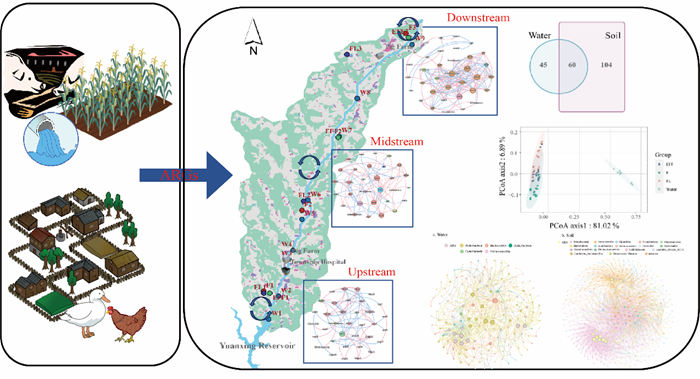
Linkage: https://doi.org/10.1016/j.ecoenv.2024.117118
-
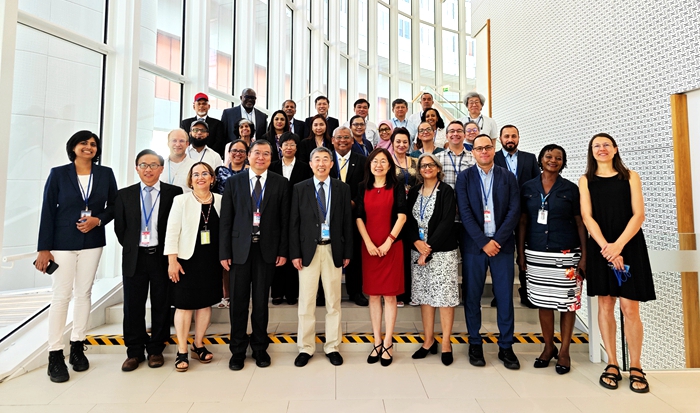 Oct 24, 2024Prof. Luxiang Liu Renewed His Term as the Chairman of the Mutation Breeding Network (MBN)
Oct 24, 2024Prof. Luxiang Liu Renewed His Term as the Chairman of the Mutation Breeding Network (MBN) -
 Oct 23, 2024IPPCAAS Wins the 2024 FAO Achievement Award
Oct 23, 2024IPPCAAS Wins the 2024 FAO Achievement Award -
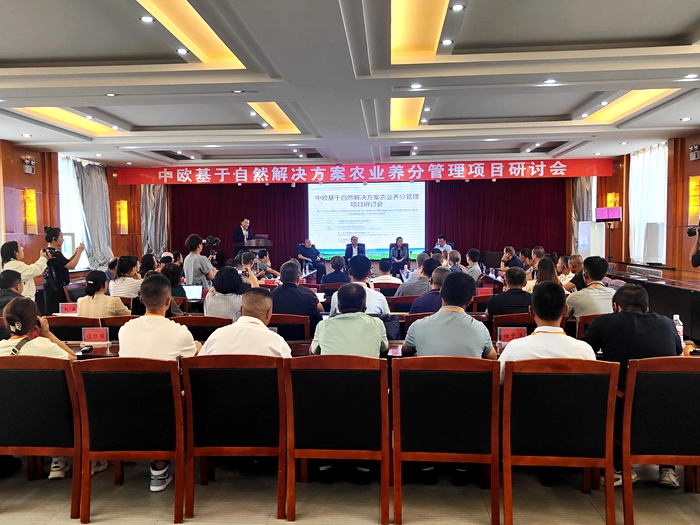 Oct 23, 2024ICS Hosted the Symposium of China-European Union Nature-based Solutions for Nutrient Management International Cooperation Program
Oct 23, 2024ICS Hosted the Symposium of China-European Union Nature-based Solutions for Nutrient Management International Cooperation Program -
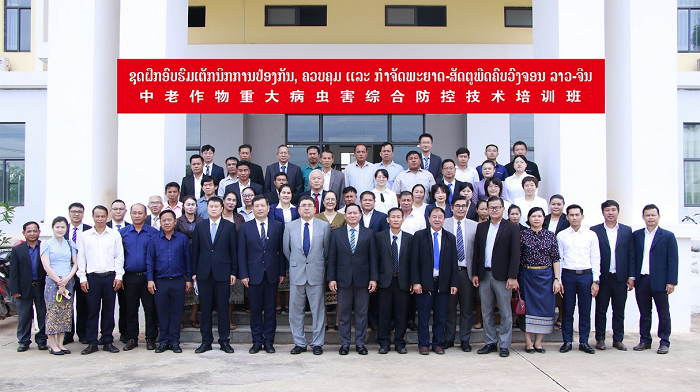 Sep 30, 2024China-Laos Training Workshop on Integrated Management of Major Crop Pests and Diseases Concludes Successfully in Laos
Sep 30, 2024China-Laos Training Workshop on Integrated Management of Major Crop Pests and Diseases Concludes Successfully in Laos -
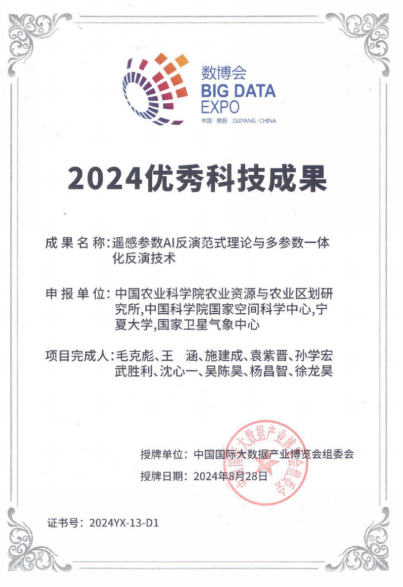 Sep 26, 2024IARRP's AI project research achievement wins the Excellence Award at the Big Data Expo
Sep 26, 2024IARRP's AI project research achievement wins the Excellence Award at the Big Data Expo
